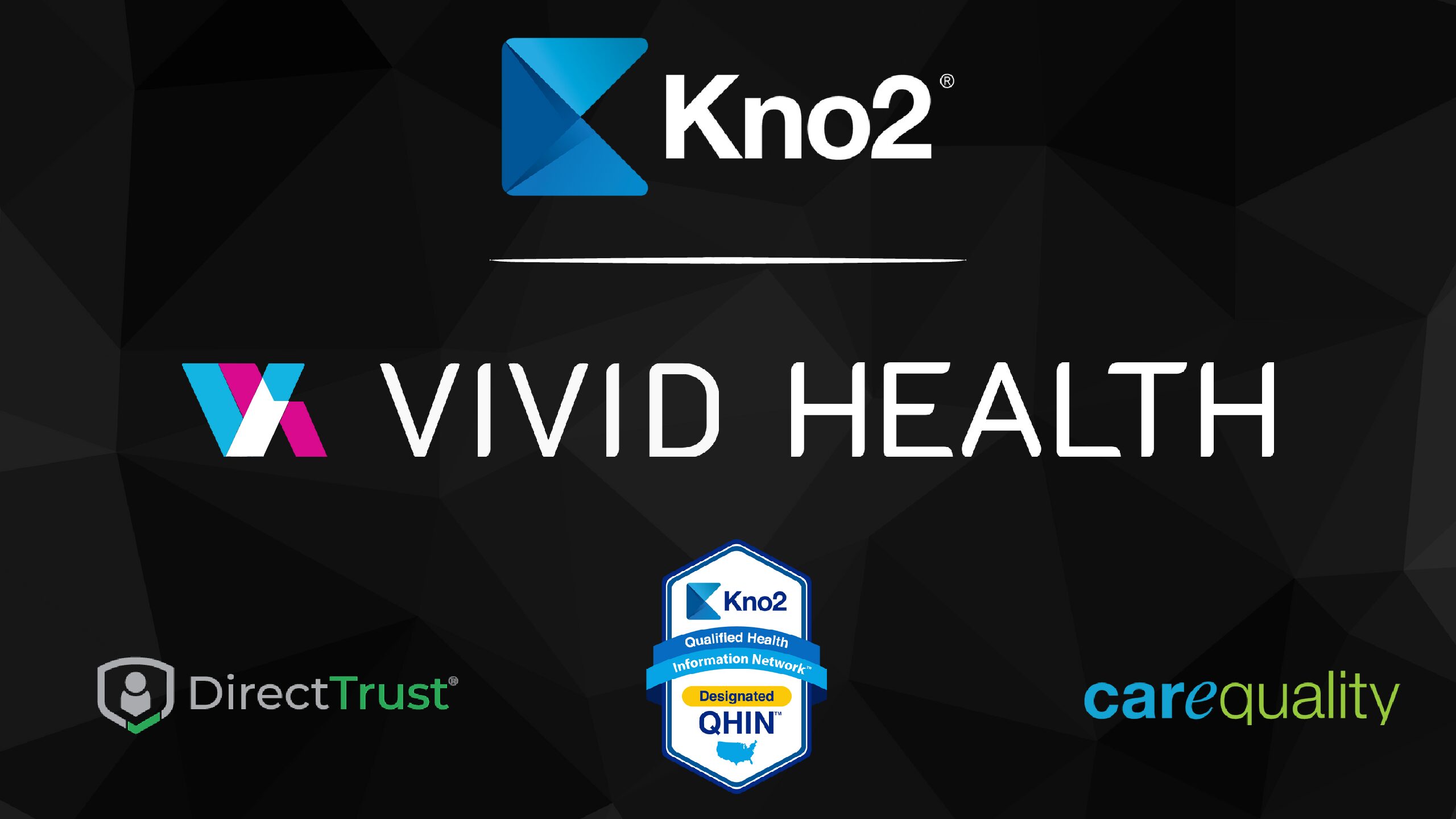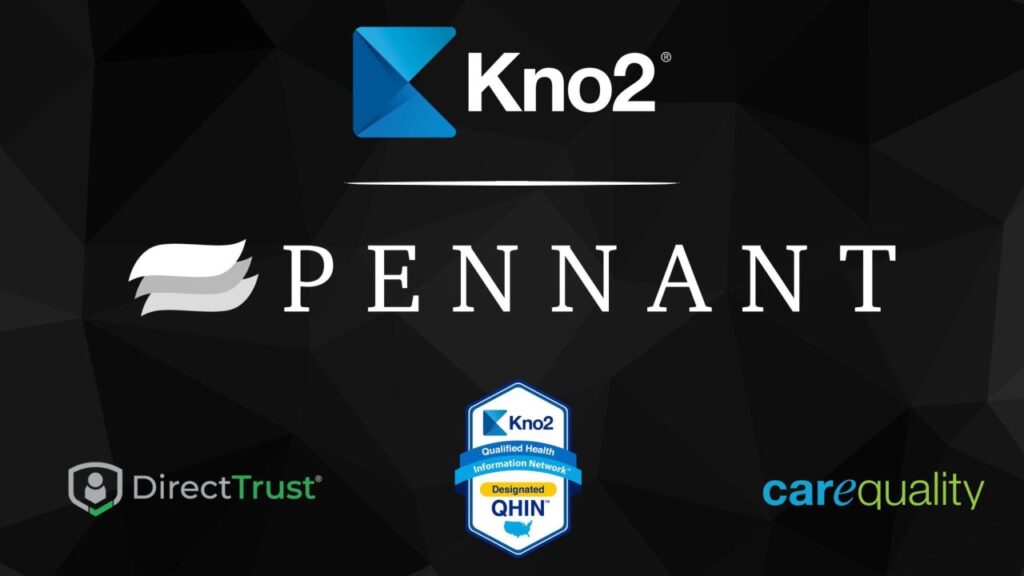We all know, in the healthcare system, the multifactorial fragmentation of today’s healthcare system leads to an all too often poor patient experience. Over the last several decades, research has correlated patient outcomes with patient experience. Creating a strong link that justifies focus on this key element of care. Last week, we looked at the persona we call “P&L” representing the business of healthcare and how interoperability can benefit these businesses financially or, the lack thereof, can harm them. This week, we look at the multifaceted dimensions of the patient experience, from a safe care environment, through care coordination and patient experience of care and you guessed it, how interoperability can have a hand in solving patient problems.
The Current Patient Experience
Let’s take a closer look at how the right clinical information present at the point of care to impact clinical decision-making and clinical operations can impact the patient experience. In an ideal world, patients would be wholly known to their provider in order to provide the best care defined by clinical and patient-reported outcomes. However, we know we’re far from that ideal world. Our healthcare system has its drawbacks such as:
- Lack of Safe Care: Navigating the current healthcare system with multiple providers, specialists, and treatment options causes difficulty with treatment or care plans. This can lead to delays in care, poor outcomes, and patient harm.
- Fragmentation of Care: The greater use of specialists and testing across different locations and systems leads to logarithmic increases in complexity. That necessitates real-time communication of critical information at scale. This is largely not happening today. It’s leading to fragmented records, duplicated tests or procedures, communication gaps, and inconsistent care coordination. This causes gaps in treatment and an increased risk of medical errors.
- Poor Experience of Care: In today’s disconnected healthcare ecosystem a patient often leaves an interaction with a provider or service and feels largely lost, uninformed, frustrated, and scared. A common reason is a lack of real-time information sharing that leads a patient confused and disheartened.
The Future of Healthcare for Patients
Despite the challenges posed by the current healthcare landscape as it relates to the patient experience, there is reason for optimism. Strides are being made toward greater interoperability and connectivity. We need to address the barriers to interoperability and harness the power of connected health systems. This will unlock new opportunities to improve patient experience, such as:
- Facilitate Care Coordination: Interoperable systems enable seamless communication and information exchange among healthcare providers. This improves care coordination and reduces fragmentation.
- Enhance Patient Engagement: Access to comprehensive health records empowers patients. They can actively participate in their care decisions, collaborate with their healthcare providers, and share knowledge. All resulting in a better care plan.
- Improve Patient Safety and Reduce Medical Errors: Access to complete and accurate patient information helps healthcare providers make informed decisions. This reduces the risk of medication or allergy errors, misdiagnoses, and adverse events. Delivering the relevant information to the provider at the point of care within their workflow – say medication and allergy reconciliation for example can lead to a more complete record, and safer care environment. Indeed, an accurate medication and allergy list is essential in building a safe care environment.
- Truly See Our Patients: Realtime clinical information available at the point of care is imperative. It reassures patients that they are known by their providers and that communication is occurring in their best interests. We respect their time by sharing information rather than expecting them to repeat themselves every time they arrive for care. This is one of the most important things we can do as providers.
Charting a Course to Better Patient Experiences
The patient experience in today’s healthcare landscape is still fraught with challenges but it is fixable. One patient, one encounter, one provider at a time. It’s less about the wait time or what the parking was like. It’s about ‘do you see me, know me, keep me safe, and advocate through sharing information on my behalf’. Accomplishing this requires an approach that prioritizes getting connected to the healthcare ecosystem and enabling the digital exchange of healthcare information. All communication starts with a connection. Kno2 will continue to fight that battle on the frontlines. We will ensure our healthcare system is one that prioritizes communication, understands its impact, and is adopted by providers universally.
The future of healthcare communication is possible and is now.






